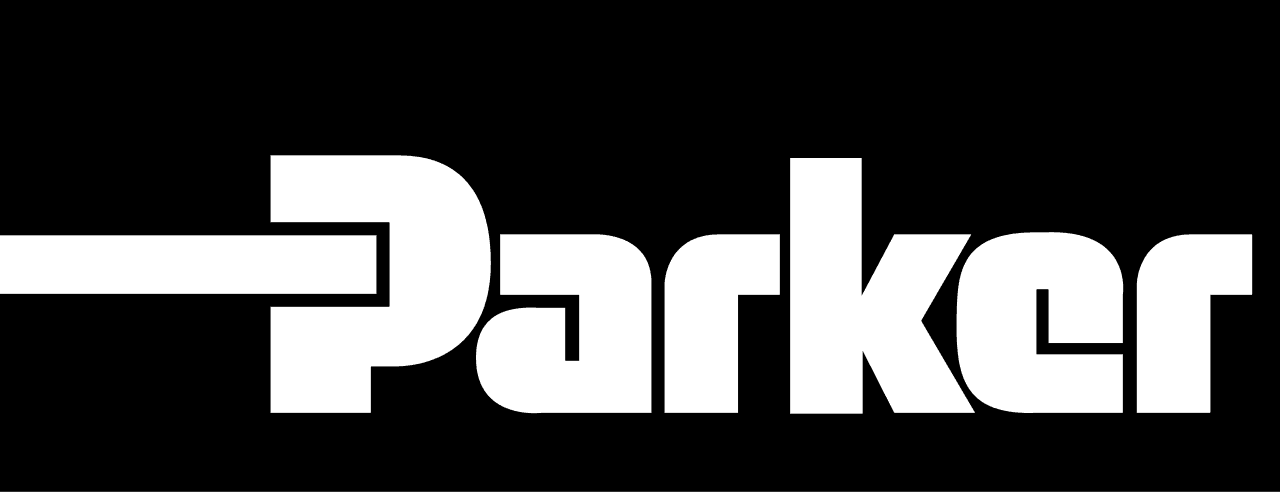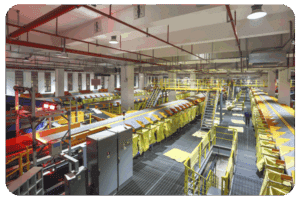Jeff Morton | March 27th, 2015
Supervisory Control And Data Acquisition (SCADA) systems are evolving so rapidly that many operators are having trouble keeping up with the growing software and its applications. One huge area of rapid growth within the SCADA industry includes remote automation with smart phone applications.
SCADA applications now not only monitor and help control equipment and processes, but also provide a huge range of information regarding machine and plant operations. Recently, SCADA systems have provided remote access to users in many ways.
SCADA Remote Access Options
A typical, older method of gaining SCADA remote access has been the use of Human Machine Interfaces (HMIs). At their most basic, panel-mounted HMIs with built-in web server capabilities provide some limited degree of remote access via a web browser. This access is often only one-way, allowing remote users to view information, but not to make changes.
Another way to access the SCADA is server-browser access, but this time via local SCADA software, generally running on a PC installed locally at the machine or the process. Although the remote access is still via browser, in most cases this access is more full-featured than with a simple HMI, allowing remote users to view more information in a wider variety of formats. SCADA server-browser access also usually provides two-way access, allowing for remote adjustments and corrections.
Many SCADA software packages also allow server to smart phone app remote access. As with SCADA server-browser access, remote users have full-featured two-way access. But, mobile phone app access can provide other advantages, namely easier and faster loading of the remote application, and faster response to and from the SCADA system.
Modern SCADA systems generally provide server-thin client remote access, allowing any type of PC or other similar device to remotely access the main SCADA system. This type of access is often virtually identical to local SCADA system access, providing a full range of features, albeit at a higher cost than browser or app access.
The Evolution of SCADA Use
Over the years, various technical advances have provided the required remote access to enable improved operations. As SCADA systems evolved from simple local HMI functionality and became more advanced, they had to move to open standards and networking protocols to communicate with diverse equipment and systems. This opened access to a wide variety of devices that could remotely access SCADA information from just about anywhere and at any time.
SCADA systems migrated from proprietary hardware to PCs. This offered many advantages in terms of graphics, alarming, and trending that improved control and overall plant performance. Many people remember the advantages PC-based SCADA brought to local users, both in terms of cost and performance. PC-based SCADA systems opened the way to laptops, mobile phones, and other remote appliances that enable operators and managers to view information from anywhere, enabling plants to run more effectively.
Since operators, engineers, and managers must monitor more processes in more places, they need the ability to access SCADA information from mobile devices. In response to those needs, SCADA suppliers have designed their products to provide a wide range of remote access methods.
SCADA and Mobile Devices
Now, authorized users can remotely access data using a variety of devices including PCs, iPads, tablets, and smart phones. Remote access to SCADA systems by mobile devices is typically achieved via a web browser or an app. There is a debate over which method provides better access, but in both cases the access must be optimized for the smaller screens found on remote devices as compared to PCs.
Apps are designed specifically for smartphones and other handheld devices, so screens are generally designed correctly. But care must be taken when designing browser-based remote access from SCADA servers, as information must be presented in a format consistent with the hardware limitations of the platform.
Smart phones talking to SCADA could raise security issues that will grow more complex with the developing trend known as “view anywhere strategy” – remote access to SCADA systems from computers, smart phones, and tablets. View anywhere strategies are here to stay, and it’s great for people that are separated by distance from facilities. Now, it is not quite robust enough to be considered a primary technology, so it’s an add-on to the existing SCADA System. View anywhere technology is a definite growth area for many Integrators.
Whether remotely obtaining information using networking protocols or enabling more authorized users to access the SCADA system from their smart phone – more and more manufacturers are benefiting from the remote access capabilities of their SCADA solutions.
In the majority of cases, remote access has increased flexibility, improved overall efficiency, and reduced operating costs. Less staff is required to operate plants, plant managers can make informed decisions to improve productivity, and workers don’t need to drive to distant locations to retrieve data.









